
Mayan Hands Launches Madre Tierra Collection
Mayan Hands is proud to present Madre Tierra or “Mother Earth," (Q’nan Ulew in K’iche), a collection of textiles inspired by the Earth’s exquisite color palette. This collection honors the wisdom of Maya culture that stresses a loving connection between people and nature. These beautiful pieces, carefully crafted on ancient looms by the hands of our talented artisan partners, reflect Mayan Hands" commitment to supporting our partners as they struggle to bring their culture into the future.
Our focus on Madre Tierra is timely. This time of reckoning, when nature is rebelling against decades of reckless abuse, deforestation, contamination of air and water, overexploitation of the land--resulting in our current global crisis—highlights the wisdom of Mayan culture. For decades, Mayan people in Guatemala have sought to protect the sanctity of their lands and to prevent their exploitation by powerful interests, often putting their lives on the line to protect their lands. As one of the men who received death threats for defending his community, and now hopes for asylum in the US, says, “The extractive industries descend on our communities to grab up our natural resources. The first thing they offer you is a job and money. I don’t want what your offer, what I want is my land, my water, my mountain, because I need them to live.” (from the short film Tiichajil, Buen Vivir (Good Life)
Madre Tierra in Mayan Poetry, Song and Art
Mayan artists, each in their own medium, express the central importance of Mother Earth in their culture. Here are three examples.
Humberto Ak’abal, a world-renowned poet from the town of Momostenango, talks about how Mayan people and the West conceptualize in opposite ways the relationship between human beings and nature. While the western world arrogantly imposes itself on nature, Mayan people conceive themselves as integral to nature, just one more among the many creatures of the Earth. Their language and everyday life are intimately connected to it. Nature is alive, it breathes and changes, it talks and listens. To Ak’abal, the natural world speaks and we must learn to interpret its messages. The songs of birds guide indigenous languages. His poem "Raiz y Sangre" from his book Raqonchi'aj (Scream) 2004 underscores this profound relationship:
Roots and BloodThis is how our blood has survived!
The conquerors tried also
to erase our language
Their tongues were jammed
they couldn’t pronounce it.
Our ancestors
Handed our language over to the mountains,
the boulders, the hills
they placed it in the voice of birds
kuxkultew, b’uqpurix, chajilsiwan….
The ravines, the wind
The water, the fire; all of them
speak our language
Ki, chaj, kaulia, koyopa’,
Kaq’iq, ja’, tew,
that is why our languages live
And we live in them,
They are the voice of our land,
Wrapped in them
It is our way of life
We find another expression of the communion between Mayan people and Mother Earth, in the reverence for corn, the very gift of life from Mother Earth to her children. Sara Curruchich, a young singer-songwriter, gives voice to this in her new song, "Mujer Indigena":
I am a grain of corn in the furrow of time
Sown in a womb, in a clay womb…
Just like the earth, my skin is brown
I am an Indigenous woman,
a granddaughter of the moon
That is my strength…”
Curruchich’s song harks back to the creation myth of Mayan people. The Popol Vuh, the sacred book of the Maya, narrates how after several unsuccessful attempts to create human beings, the gods decided to try with corn. And they succeed!
“And then the yellow corn and white corn were ground, and Xmucane (our grandmother, one of the maker modeler gods) did the grinding nine times…Corn was used along with the water she rinsed her hands with
The making, the modeling of our first mother-father,
With yellow corn, white corn alone for the flesh”
p 163/164 (Dennis Tedlock, Popol Vuh, The Mayan Book of the Dawn of Life, 1985)
To this day, Mayan people continue to honor Mother Earth’s gift of corn that, for thousands of years, has constituted as much as 75 percent of their diet. Corn enabled them to thrive and create advanced civilizations. And it continues to sustain them to this day.
Every year before sowing, when the corn is growing and at the time of harvest, people go to the fields with prayers and offerings to honor Mother Earth who makes their cornfields flourish. At harvest time, the whole community joins to celebrate the successful crop that will enable them to live their lives fully in the year ahead.

Finally, the well-known Kaqchikel artist Paula Nicho renders Our Earth Mother’s as an Indigenous woman, and describes her as the preeminent source of life:
“Our Mother Earth has three energies: Ruk’ux ya’el, Heart of the Water; Ruk’ux ulew, the Heart of the Earth, and Ruk’ux kaj, the Heart of the Sky. These are the energies that protect us and provide us with security and nourishment, the way a mother does. From the heart of the sky and the heart of the earth come all forms of life. They symbolize our creation. The Heart of the Water: our mother earth is generous and wants to see us grow. She gives us water from her breast and lets us live in her body. (http://www.artemaya.org/bio-paula.html)
Our artisan partners are proud to bring to the world the beautiful textiles of the Madre Tierra collection. These pieces will elevate the look of your home and remind you of this quintessential and inspiring perspective of Mayan culture.
 With much gratitude to designer Frank Millero who collaborated with us through each step of developing this special collection of textiles celebrating the beauty and sacredness of Madre Tierra.
With much gratitude to designer Frank Millero who collaborated with us through each step of developing this special collection of textiles celebrating the beauty and sacredness of Madre Tierra.

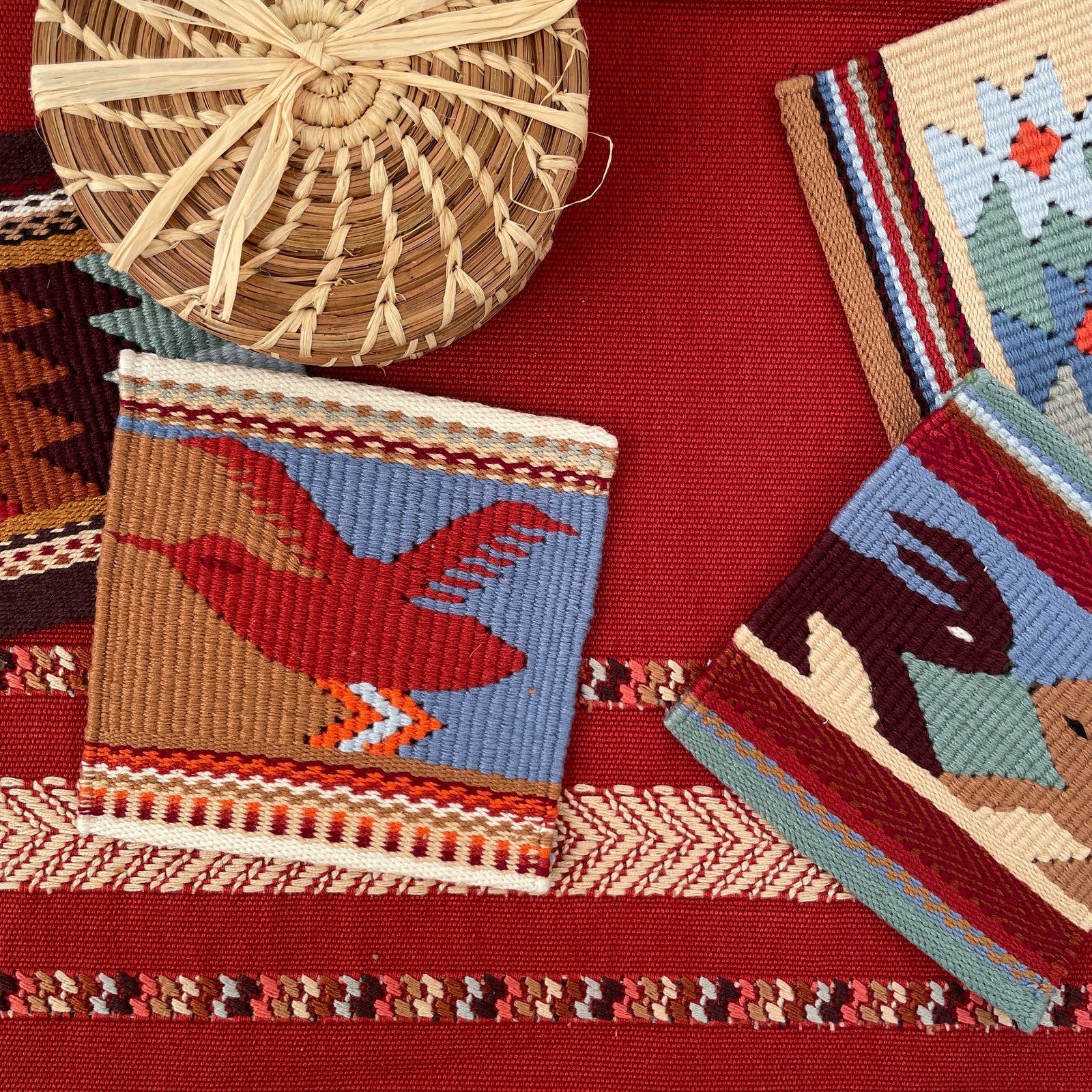
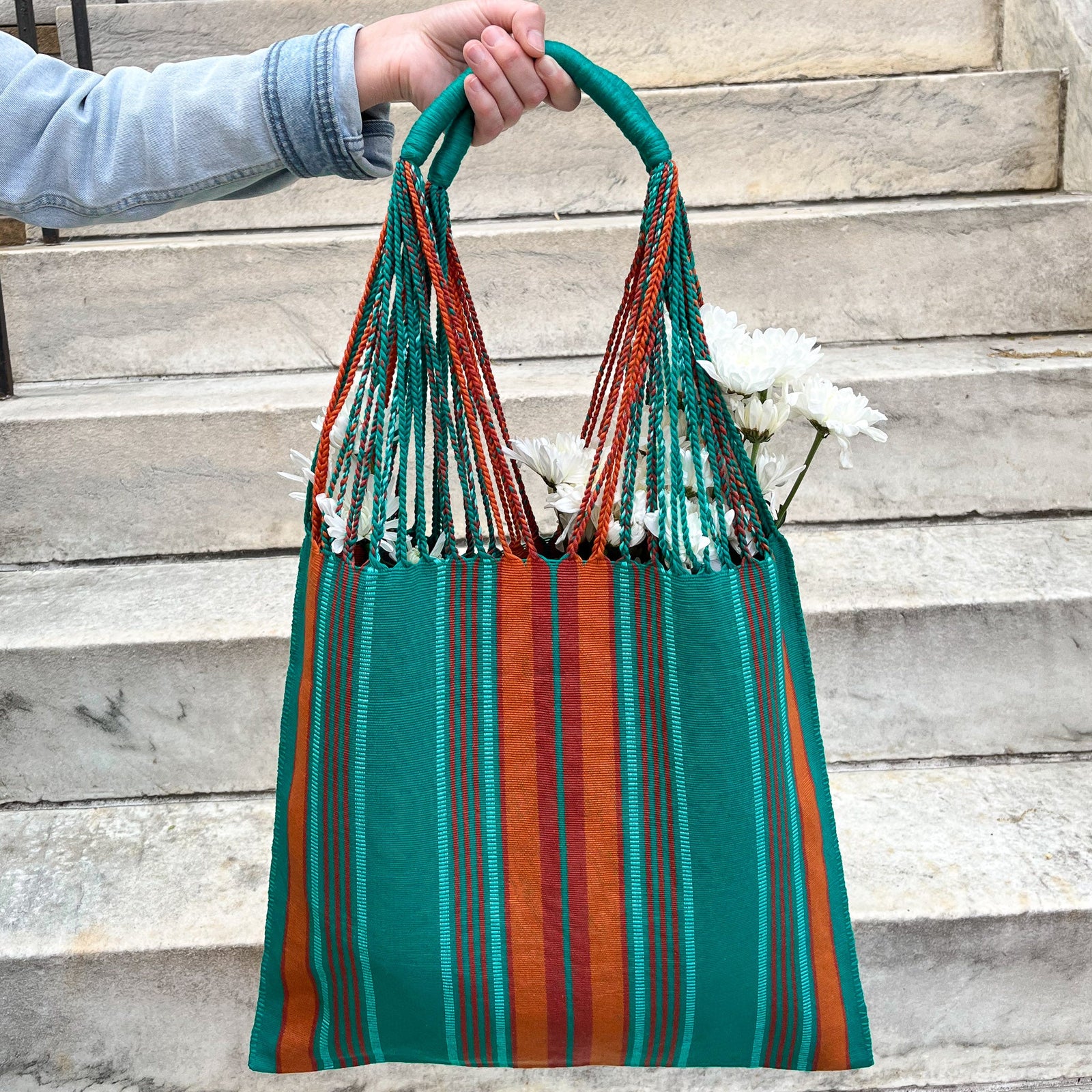
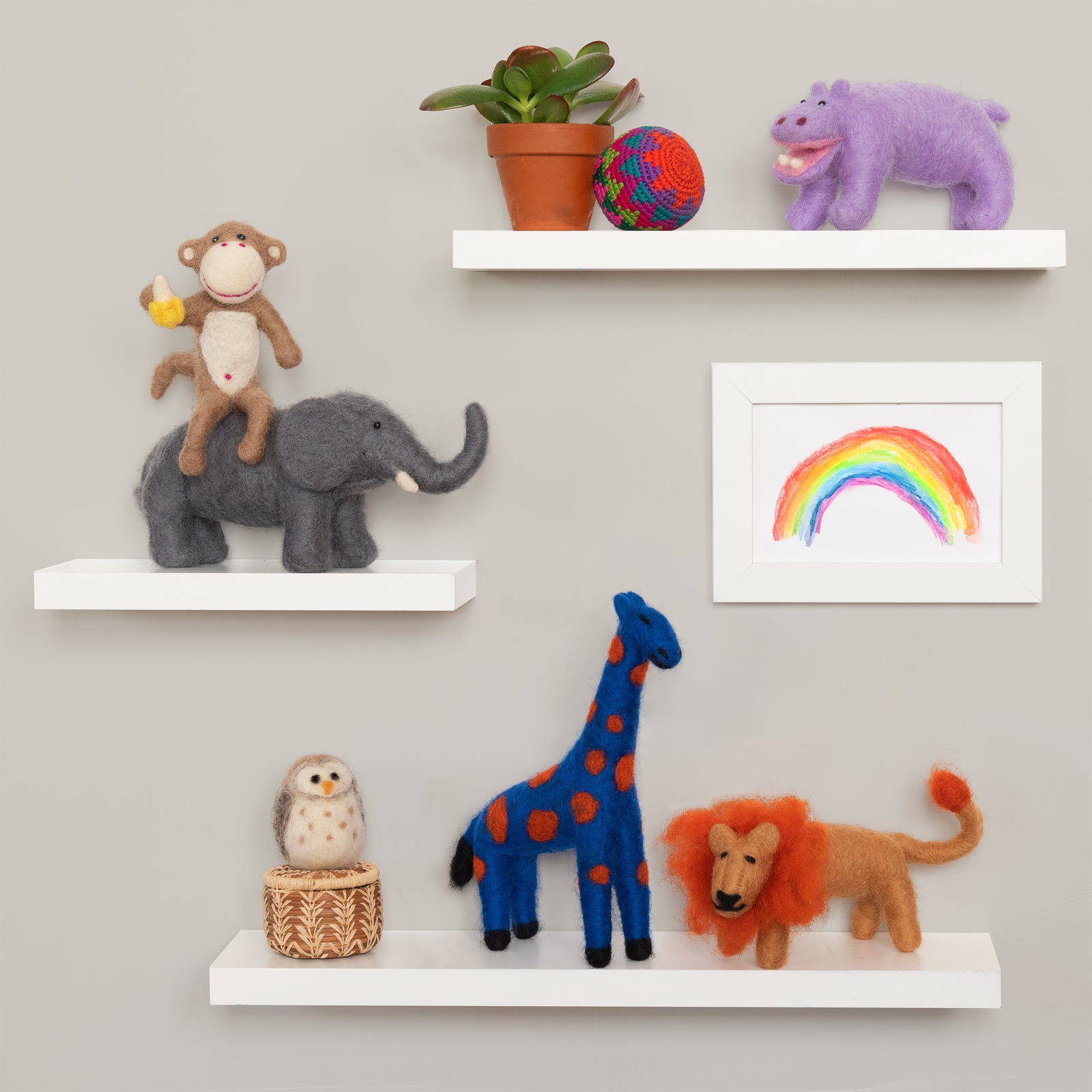
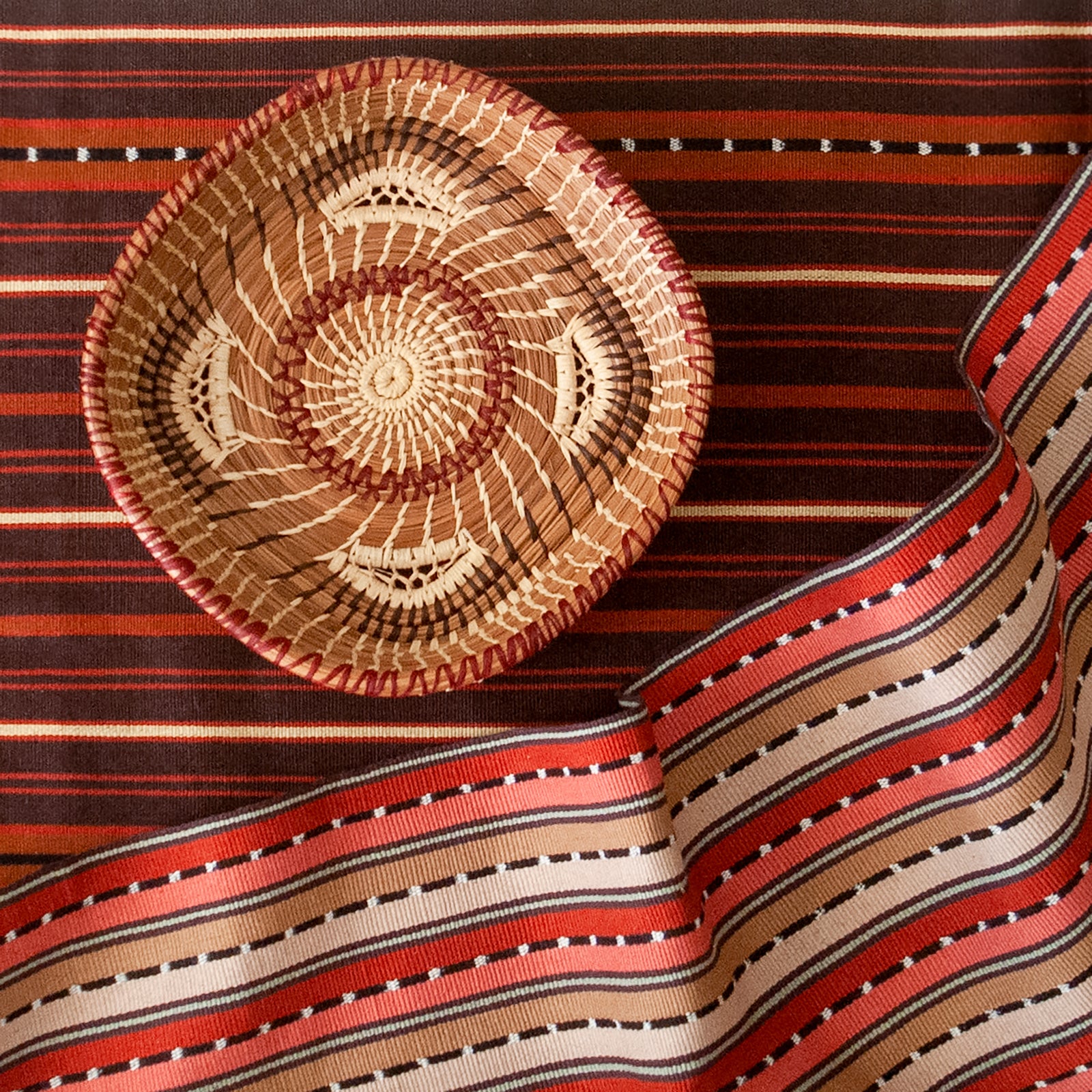
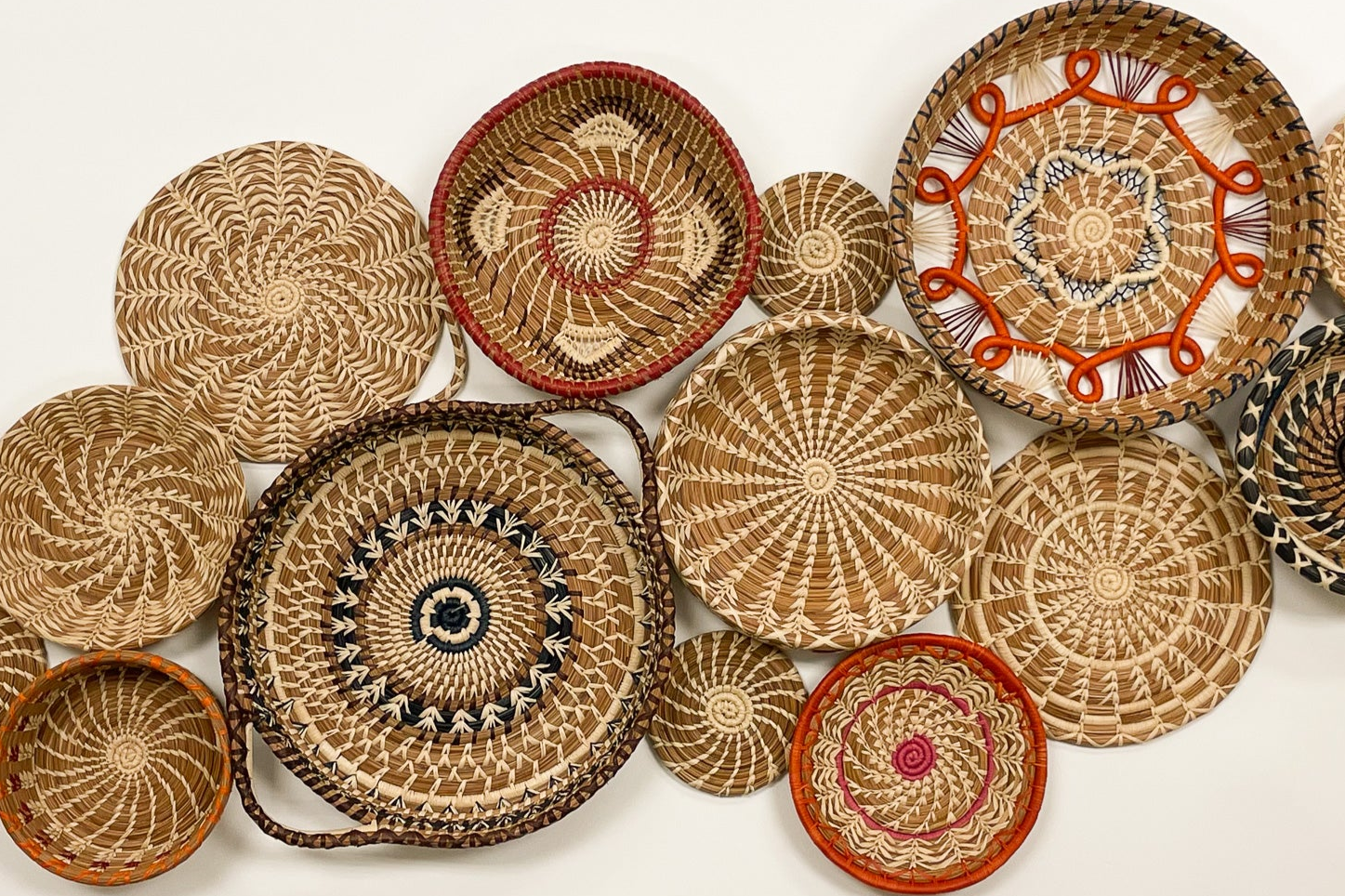

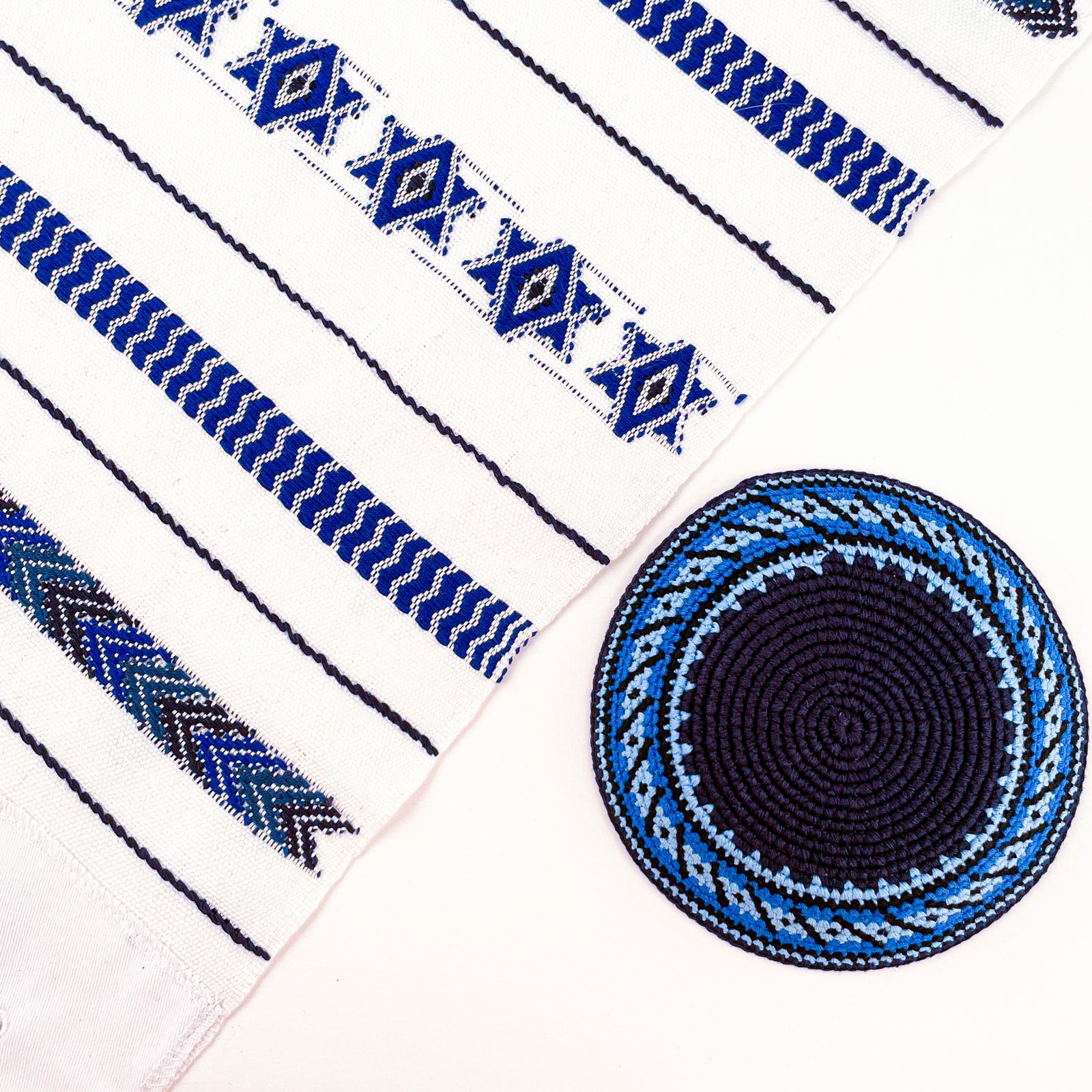
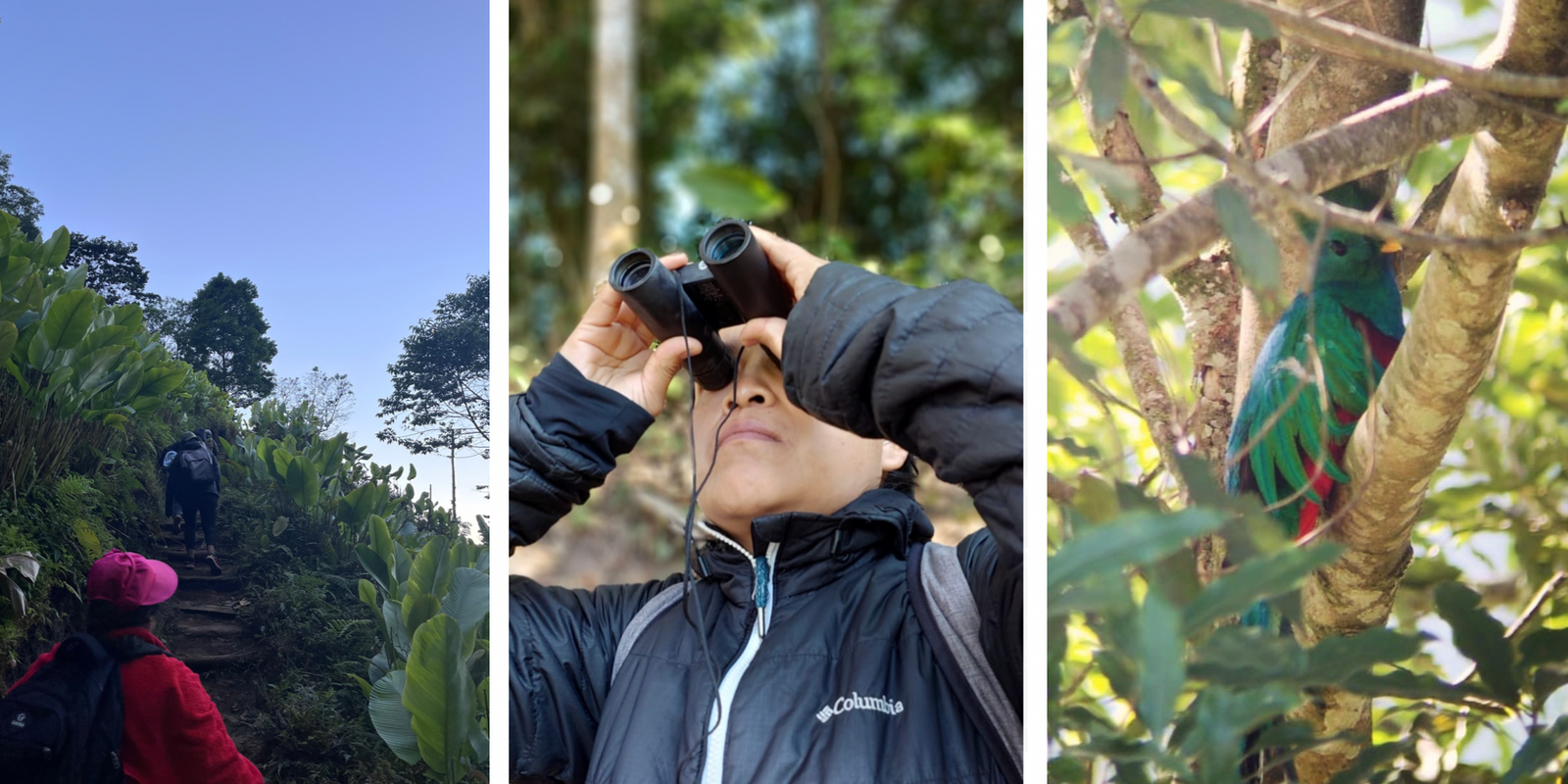
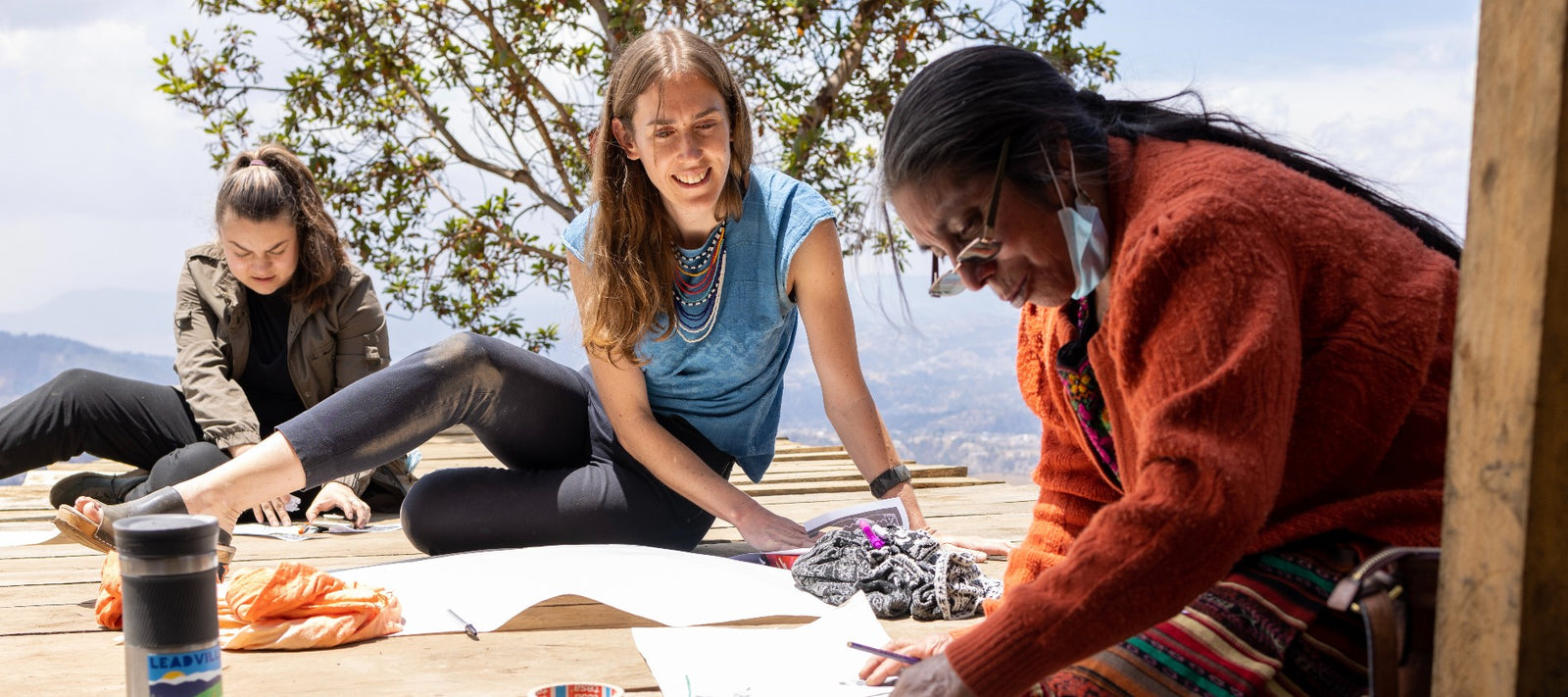
Leave a comment (all fields required)